Sleep function is a humanized and considerate function of Windows 10 for energy saving. Sometimes it may also cause us trouble. For example, a computer that was originally in a sleep state was quietly awakened after a person left because a software wake-up command was in effect, wasting energy there; in some cases, some computers were in automatic standby. After a sleep state, a deadlock situation occurs when the user performs a wake-up operation. To do this, we need to find "good recipes."
1. Solve the problem of automatic wakeup after sleep for no reason
Use the "Shutdown" button to select "Sleep" to allow the computer to go to sleep; or after the set automatic sleep time arrives, the computer automatically goes to sleep, which is the most commonly used computer energy-saving solution. We want the computer to maintain this state until it wakes up when it is next used. But sometimes we will find that when we are ready to perform a wake-up operation before returning to the computer, the computer is already in the running state. This happens often because of the effect of a program's wake-up instructions. The essence of the program's awakening of sleep is its control of system power management. Knowing this principle, you can naturally customize the computer management plan and reset the wake-up timer so that the problem can be solved.
To do this, first launch the administrator command prompt window and execute the following command:
Powercfg -lastwake
After executing this command, the system displays the wakeup history count (Figure 1). If the computer has an automatic wake-up request, the count value must not be zero. We can disable the wake-up timer setting in the power management settings of the control panel to prevent unwarranted wake-up. In the Windows 10 "Start" menu, select "Settings → System → Power and Sleep", and then in the Power and Sleep window select "Other Power Settings" (Figure 2); in the power options window, select "change power plan", open Edit Schedule Settings window, and then click the "Change advanced power settings" text link (Figure 3); In the subsequent power options advanced settings window, select "Sleep → Allow wake up timer → Settings: Disable", OK You can (Figure 4).
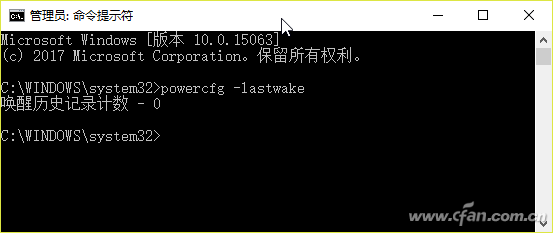

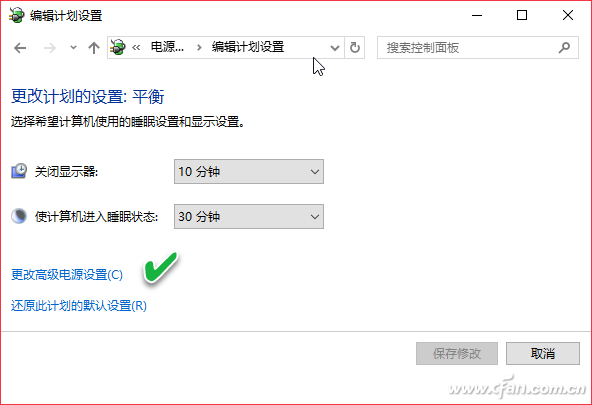
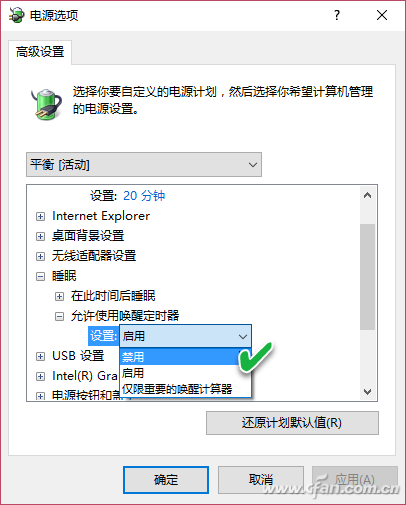
After the above settings, any application cannot use the wake-up timer to wake the computer from sleep.
2. Solve the problem of sleep standby lock screen crash
In another case, when we want to wake up the system from the sleep state of the computer, we find that the keyboard operation is invalid, the mouse click is invalid, and the entire computer is locked and cannot be moved. This situation may be caused by a variety of situations that need to be analyzed or attempted to be solved one by one as described below.
Sometimes, it is impossible to operate the lock on the lock screen, but it is only a phenomenon of false death. When we encounter the screen is not bright, the mouse can not login box, the keyboard can not enter the login password, etc., after the operation may wish to wait a few seconds to see if there is a reaction, because the system wakes up, start the hard disk, open the display, etc. It also requires a certain amount of waiting time. If it doesn't work, you can use the Ctrl+Alt+Del or Win+L key combination to activate it. Sometimes you can press the button or even two or three times to activate the screen and the input box. The problem can be solved.
The combination of hardware and software power management features is not good, there may be no wake-up problem. First of all, from the hardware aspect, the power management requires that the computer's power supply and motherboard support the ACPI specification (the current ATX standard complies with the specification), the computer motherboard that complies with this specification, the BIOS settings in the Power Management Setup and other projects can be effective Play a role in direct control of the system's sleep and sleep (Figure 5). Windows 10 itself also controls system sleep from the software level. Due to the diversity of hardware and imperfect Windows 10 hardware support, if there is a conflict between the hardware and software in terms of power management issues, there may be a problem of crashing after entering an energy-saving state. To do this, try turning off power-saving projects from the BIOS and letting Windows 10 manage power.
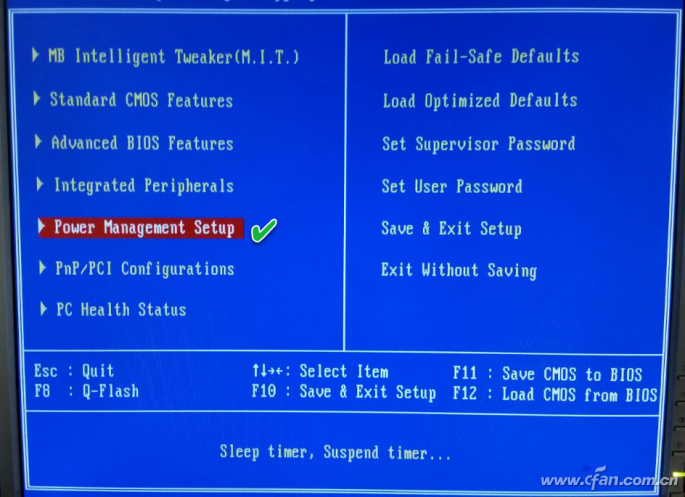
In addition, conflicts between software and systems may also cause sleep wake-up problems. For example, many sound card drivers do not support hibernation because continuous operation of the sound card can cause conflicts with power management. If this is the case, simply set the system to sleep or sleep for a long time while enjoying the audio and video. In addition, if you are working on large-scale drawings, program debugging, etc., if you turn on and off for a long time, it may cause sleep wake-up problems. The solution is to not turn on the auto-sleep feature during debugging.
If none of the above situations can solve the problem, it may be due to the hardware itself. For example, problems with motherboard components can cause this serious problem with sleep. At this time, if you do not want this failure to affect the ongoing work, you can use the appropriate tool software to temporarily solve it. For example, DontSleep software can be installed to prevent the system from going to sleep or standby. After the DontSleep software is running, select the Please Don't Sleep tab, then in the Blocker Preferences pane, select Standby/Hybrid Sleep/Sleep, Block Shutdown, Logout, Screen Saver/Turn off the monitor, and then click The Shrink to Tray button (Figure 6). In the process of running large-scale graphics processing, multimedia editing, software testing and other tasks, in order to prevent sleep accidental crashes, blue screens, etc., the use of DontSleep software to prevent all sleeping behaviors, can be a safe and effective insurance for the work.
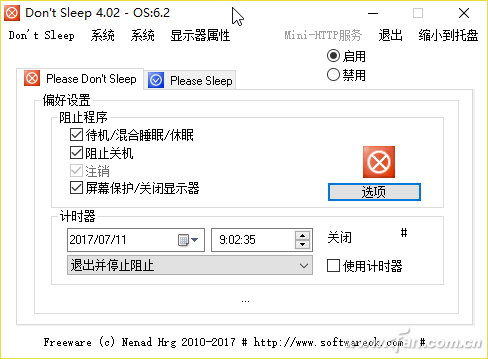
hint:
The stubborn system sleep problem may also be related to the compatibility of the system version. After the updated system version comes out, try to see if the problem can be solved after upgrading. It must be noted that the problem of crashes caused by sleep or lock screens may result in the loss of ongoing work data. Therefore, prevention is the most necessary to do. Before locking or sleeping, it is best to save the job as a save operation or set up the necessary automatic backup tasks for the data. This will eliminate the loss caused by accidental sleep deaths. For computers that have already experienced such situations, they should do a good job of storing and backing up their data.
Our banknote handling machines mainly include following
BC -30: basic piece counter with only one UV
BC-35: piece counter with UV MG
BC-40: value counter with one CIS, support 4 currencies, Auto recognition, multi-currency mix counting
BC-55: value counter with two CIS, support 40 currencies at the same time, serial number reading, Auto recognition, multi-currency mix counting, remote software upgrading via network
Those 4 models have similar structure, passage can be opened from reat side, easy for maintenance and cleaning
BCS-160: 1+1 pockets banknote sorter with two CIS, support 20 currencies at most, serial number reading
Euro Banknote Sorter,1+1 Pockets Banknote Sorter,Two Pockets Banknote Sorter,Banknote Sorter
Suzhou Ribao Technology Co. Ltd. , https://www.ribaoeurope.com
